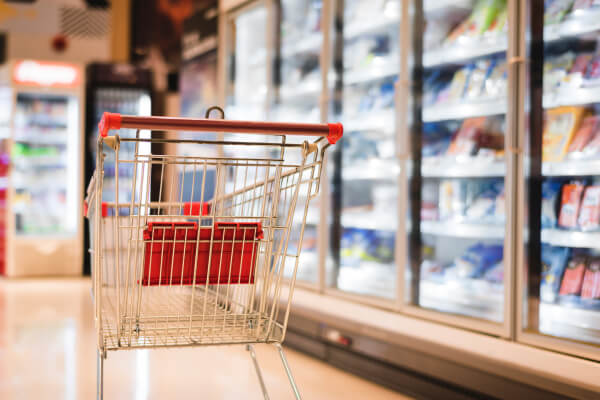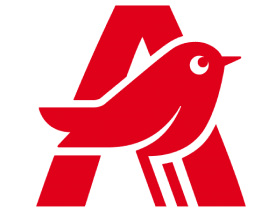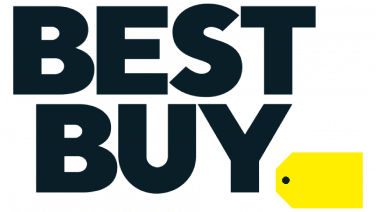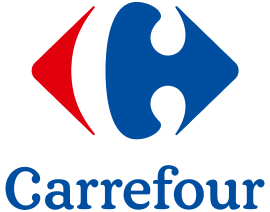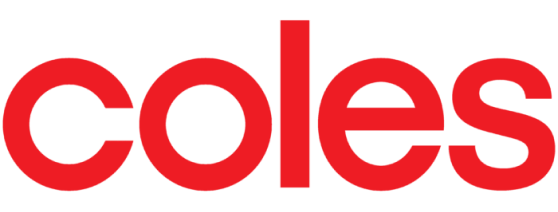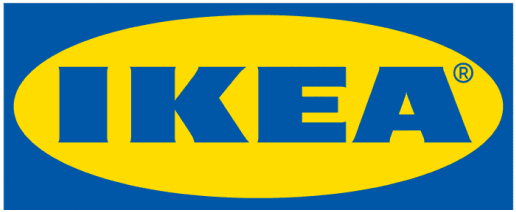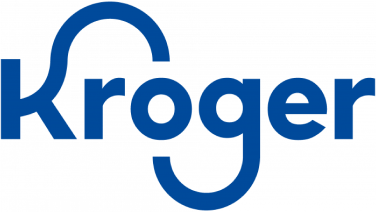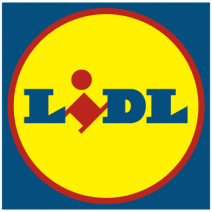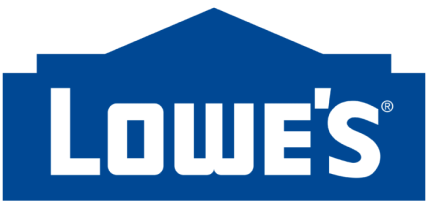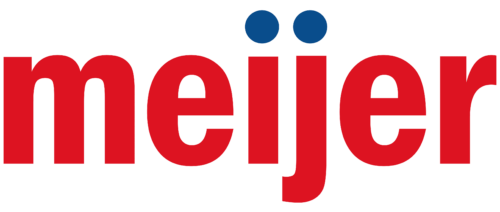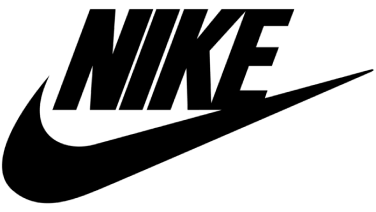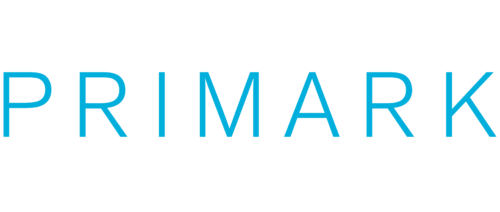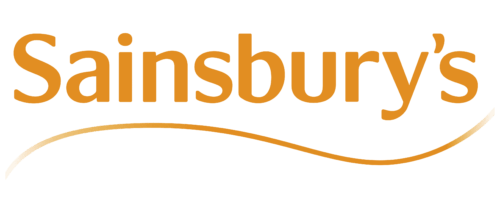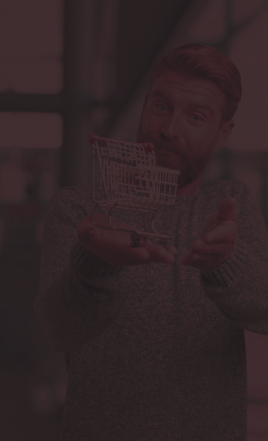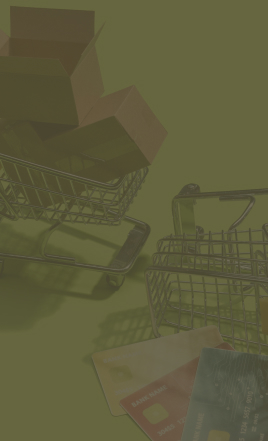Nearly every loss prevention leader can recite an example of shrink caused by an upstream system failure, beyond the control of the store leader. These famous incidents, often are at such scale that they become legendary in status. However, they are often discovered by chance with the "fix" being retrospective. But there is a different way, and our working group recently learnt from one major grocery retailer in the group who over two decades had developed a proactive and intentional approach to detect, remove and reallocate the shrink that is not really shrink, while at the same time, "teaching" their business, how to prevent the upstream shrink, that is not really shrink! In their presentation, we first of all learnt about the context and background to this investment in a dedicated "shrink not shrink" capability and that the initial urgency, and business case for this work was to increase the accountability of store leadership to the shrink number, by removing from their shrink number, the upstream errors outside of their control. Looked at from another angle, the need for this capability investment in a team, now circa 8 FTE, was driven by a desire and ambition to NOT fire great store managers for a missed shrink number. But first, back to basics, what did this retailer define as the shrink that is not shrink? For them, it was defined as any unknown loss not caused by theft, that included issues like incorrect case sizes, barcode mismatches, and inventory inaccuracies. How big was this problem? At the start of their journey, nearly two decades ago, it was often the case that for any set of audit "counts" over 40% of that loss result could be made up of losses [and gains] created upstream by those other than the store leader, buyers, vendors, logistics, POS systems, invoicing, etc. Their journey started with the appointment of a single leader, dedicated to this work and an integral part of the loss prevention team. And it was the skill sets of this individual that were critical to the success of this programme. The leader they appointed, had a background in stores and supply chain but most of all, they were constantly curious in nature, they were excellent with data and to finding imaginative new ways, often without sophisticated analytical tools, to find the exceptions and the odd things in the data that did not "add up" and above all, a tenacity to chase down the root causes and the fixes required to prevent, recover or re-direct the losses to other parts of the P&L and away from shrink. The journey, over at least two decades began by looking at data from sales-based ordering and perpetual inventory systems, where the shrink data was rudimentary, with major gaps such as unaccounted negative inventory and unmatched barcodes. Over time, and with more frequent inventory counts, they developed a robust set of shrink analytics functions, enabling detailed tracking by product, store, and day. This evolution laid the foundation for identifying and correcting systemic issues were inflating the shrink figures. As their programme evolved, they began to expose several recurring issues that were contributing to the shrink that is not shrink: - Case Size Errors: Discrepancies between expected and actual quantities received. - Variable Weight Products: Inaccurate weight tracking, especially in fresh counters. - Promotional Pricing Manipulation: Retail price-based shrink calculations allowed stores to influence shrink outcomes. - Evaporation and Waste: Water loss in meat products and untracked ingredient usage in counters like pizza bars. - System Integration Failures: New technologies (e.g., RFID) and legacy systems often don’t communicate effectively, leading to inventory inaccuracies. - Incorrect Transfers and Returns: Misallocated stock movements, such as to colleague rooms or cost centres, distort shrink data. To detect these anomalies, the case study retailer now employs a multi-layered data strategy that includes: - Products of Interest Report: Highlights items with unusual shrink patterns compared to their subgroup norms. - Weekly Reviews: Regular analysis of out-of-shape products, stock cycles, and subgroup trends. - Real-Time Data Access: Tools like Alteryx automate data extraction and manipulation, enabling faster root cause analysis. - Cross-Functional Collaboration: Teams across finance, supply chain, commercial, and stores work together to resolve identified issues. Examples include identifying incorrect case sizes for After Eight chocolates and barcode mismatches for Malteser bunnies, both of which led to inventory gains or losses that were not theft-related. By isolating process-related shrink, store leaders are now more empowered to focus on controllable factors. This clarity improves accountability, supports better decision-making, and enhances customer satisfaction through improved availability. Accurate shrink data also informs budgeting, product ranging, and security investments. So, what did retailers learn from this case study? First, this retailers experience underscores again that shrink is not solely a security issue, it’s a data and process challenge. To address the shrink that is not shrink, retailers could invest in a dedicated leader, along with data analytics, to foster cross-functional collaboration, and continuously adapt to technological changes. By doing so, they can significantly reduce non-theft shrink, improve operational efficiency, and enhance the overall customer experience. How would you describe how your business addresses this work? Do you have an intentional strategy, with targets, etc, and a dedicated FTE or even a team? We also learnt that the shrink that is not shrink in this retailer is now believed to account for less than 10% of the shrink number, what would be your number? Their small dedicated team regularly discover and remove from the raw shrink numbers over tens of millions of euros every year that would otherwise have gone onto the shrink line. What could be the size of the prize for your business? Finally, the team from this case study shared that they are constantly learning and continue to find new innovative ways to detect and manage out the shrink that is not shrink, helping store leaders focus on what they can control. For your business, what could be the benefits and impact to your business of a store leadership team taking more accountability for their shrink number? If you are a retailer and would like the full recording of this meeting, please email me at colin@ecrloss.com
